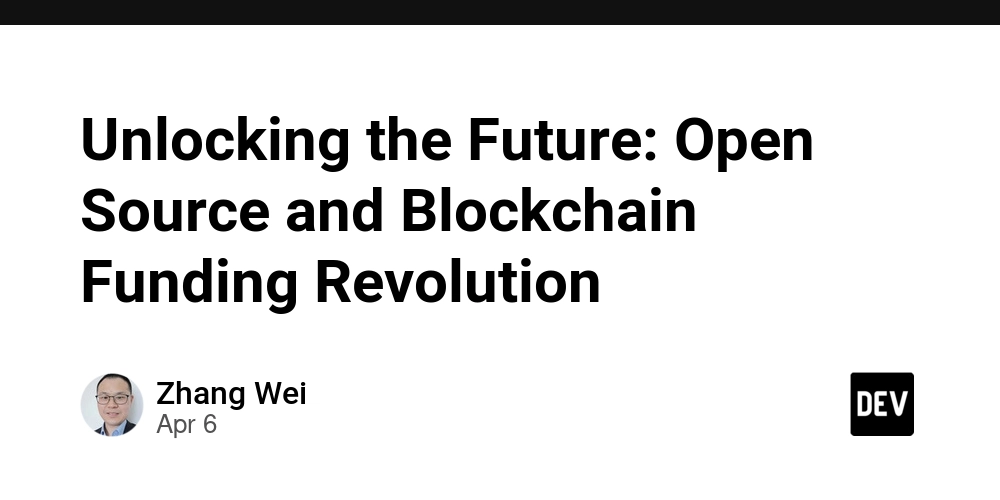Don’t be misled about what’s driving our budget deficit
Restoring sustainability to our federal budget will require more than scapegoating tax policy changes.

The latest Congressional Budget Office long-term projections demonstrate just how unsustainable our current fiscal trajectory is. This statement probably does not come as a surprise, but it invites the question: “How did we get here?”
You may be hearing some misleading answers.
According to the latest data from the Treasury Department, total debt held by the public is now $29 trillion (that’s “trillion,” with 12 zeros).
CBO forecasts the budget deficit to increase significantly, reaching 7.3 percent of GDP in 2055. Meanwhile, debt held by the public is projected to reach its highest level ever in 2029 and then continue to grow to 156 percent of GDP — essentially 1.5 times the size of the U.S. economy — over the coming 30 years.
Before diving deeper into the important numbers, it’s worth acknowledging that even these projections are very optimistic. They assume the 2017 tax cuts will expire, no economic crises, no global pandemics and no serious wars. More than this, CBO has been altering its assumptions in recent years and significantly underestimating the true growth of debt and interest payments over time.
CBO also recently released its estimates for when the Treasury will hit the debt ceiling — the date when the government exhausts its ability to borrow using “extraordinary measures.” The estimate suggests that the government has sufficient funds to cover its expenses through August or September, although if borrowing costs are higher than expected, these funds could dry up as soon as late May.
All in all, CBO has confirmed what we have known for quite some time: Our fiscal condition is dire, and it is going to get significantly worse in the coming years and decades.
How exactly did we arrive here? Let’s begin with a misleading answer. Some policy research groups have argued that the Bush and Trump tax cuts are responsible for more than 90 percent of the change in the trajectory of the debt ratio. Similarly, some policymakers have said that the Trump tax cuts are the largest contributor to the budget deficit.
CBO currently projects federal outlays to total 23.3 percent of GDP this year, while revenues will come in at 17.1 percent. This compares to historical averages of 20.5 percent and 17.3 percent, respectively; figures which give us a historical, neutral budget balance point of 18.9 percent of GDP.
Using this benchmark, we can attribute 71 percent of the 2025 deficit to spending policy decisions and 29 percent to tax policy decisions. In other words, our current deficit problem is rooted in spending growth. A shortfall in tax revenues has played a smaller, but still notable, role.
What about the nation’s long-term structural deficit? Using the same assumptions reveals that the answer, once again, is spending policy decisions.
Sixty-seven percent of the 2050 deficit comes from growth in mandatory spending programs — mainly out-of-balance entitlement spending — while the remaining 33 percent is due to growth in interest payments on the debt. By far the largest mandatory spending program driving this trend is Medicare, which is forecast to grow to nearly 7 percent of GDP in the coming 30 years.
While blaming tax cuts for the nation’s skyrocketing debt ratio is a popular narrative, budget projections and historical data point decisively elsewhere. Policymakers who are serious about tackling this issue will have to confront the politically difficult but economically essential task of slowing the growth of these programs. And they will need to do it while maintaining services for the mostly aged populations that rely upon them.
Some options could include converting Medicare to a Social Security-like cash-transfer program. This would mean replacing a system of intergenerational transfers (in which the relatively young pay for the relatively elderly even as America’s overall population ages) with one in which workers invest Medicare taxes in personal accounts for their future health needs.
Another option would restrain Medicare spending by limiting increases in per-enrollee spending to GDP growth.
Policymakers could explore other entitlement reform ideas, such as indexing the Social Security retirement age to longevity and changing its cost-of-living adjustment formula to the so-called "chained consumer price index." This would better reflect the actual changes in costs for retirees over time. They could also consider moving Medicaid towards a system of block grants or per capita caps.
Restoring sustainability to our federal budget will require more than scapegoating tax policy changes. The new numbers reveal once again that it will require political courage to rein in the growth of entitlement spending.
Jack Salmon is a research fellow with the Mercatus Center at George Mason University.











































































